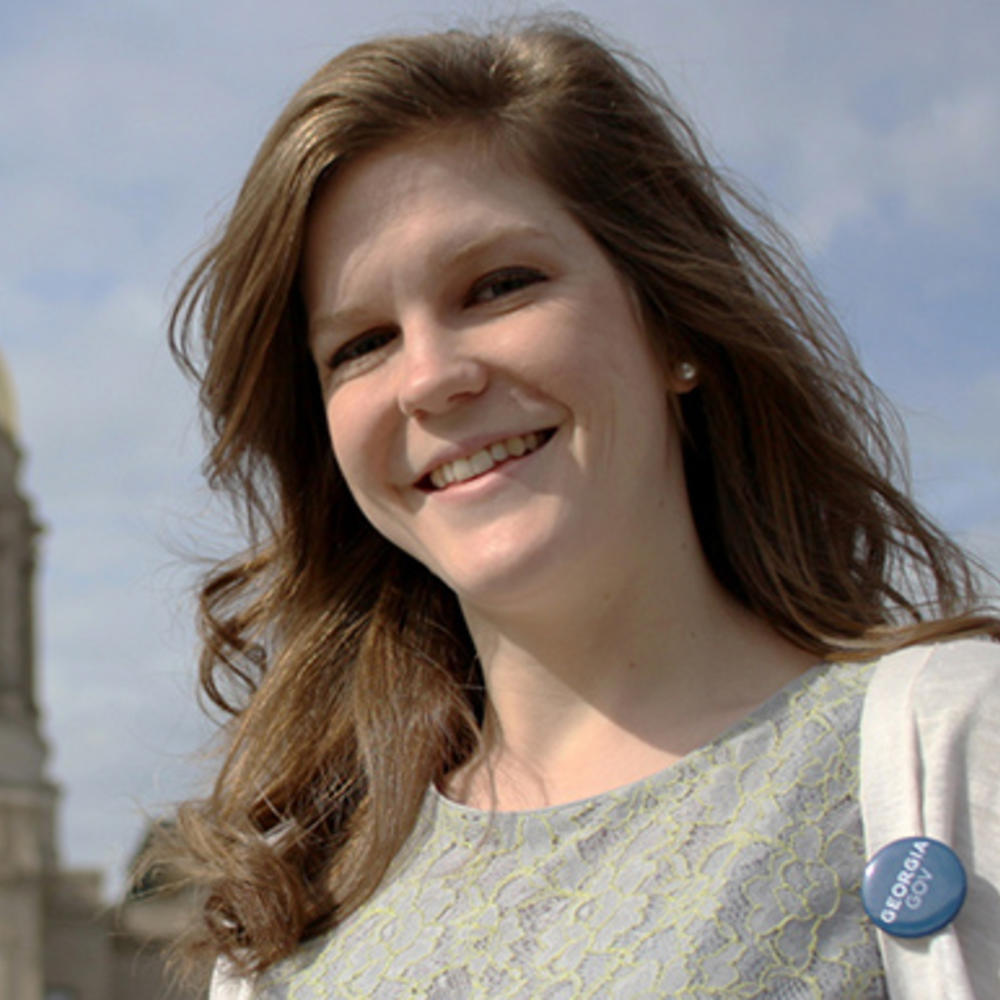March 14, 2014
Case Study: Facebook
In my last blog about social media, I explained how important it is to continually change and adapt your social media strategy to reflect what your audience wants.
Now we can see an example of this.
Georgia.gov has 2 social media accounts: one with Facebook and one with Twitter. Let's focus on Facebook right now to see how our posting strategies evolved over time — due to our audience's wants and Facebook's internal changes.
Summer and Fall 2013
From the beginning of June to the end of August, we posted happy, bright, colorful, feel-good statuses on Facebook 4 times a day. Our initial strategy was to post a variety of statuses and post often. That way we could try to reach more people in different areas.
We had 3 types of posts:
- You and Georgia (pictures of Georgia cities, your favorite ____ in Georgia (restaurant, park, activity), etc.)
- Georgia.gov (blogs and Popular Topics)
- State Agencies (part of our mission for Georgia.gov social media is to support other Georgia agencies)
At the beginning of the summer, we were doing great. Our fill-in-the blank posts were each getting 5 to 10 responses. However, our good fortune didn't last. We continued to post the same 4 types of posts every day, but our audience and Facebook had started to change.
At the end of August, I did an analytical overview of our performance. I used Reach, Shares, Likes, and Comments to base my judgments. In this time, we:
- reached an average of 100 people per post.
- had 1 share every other post,
- had 1 to 2 likes per post
- had 2 or 3 comments on certain statuses (mainly fill-in-the-blanks or questions).
This wasn’t horrible, but I thought we could do better. Rather than being so happy and bright in our posts, I decided to change the tone to be more serious and informative. This is the government after all. People don't turn to the government to be happy. They look to us for information.
Winter 2013
Unfortunately, things didn’t really seem to change. The Reach actually fell substantially. We now averaged a reach of 30-50 people. Luckily, we don’t gauge our success on reach alone. We try to focus more on engagement (a combination of shares, likes, and comments), which didn’t seem to make a difference after I changed the tone of our posts.
It's important to note that in December Facebook officially announced that they had been decreasing the amount of organic reach on Pages in order to encourage businesses to pay for promotion.
I still thought that we could do better. So, I changed again.
This time, I didn’t touch the tone. Instead I decreased the number of posts. For about 6 months we’d been posting 4 times a day on Facebook. That didn't include any time we shared another agency’s status. This is a bit excessive. I don’t do that on my personal Facebook, nor do any of my friends. So why should Georgia.gov be doing that? Now I decided to limit it to 2 posts a day, which is still more than I personally post, but this keeps the strategy of trying to reach more people with a variety of interests. This also gives me more room to share other agency’s statuses.
This seems to be working better. Our reach is still lower than it used to be this time last year (due to Facebook's new algorithm), but now we get likes/comments/shares on almost every status we update.
In the end, we’re still learning and still running these “small tests,” but with each experiment and each try, we learn something new. You can never get complacent with social media. Just because something is working at the moment, doesn't mean it always will.
